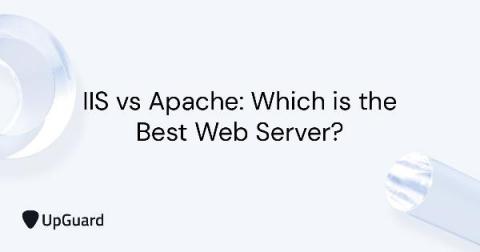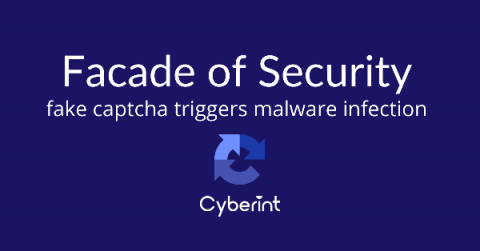LogSentinel partners with DataAssure to expand its presence in Greater China and Taiwan
15th February 2021 Naarden, The Netherlands – LogSentinel, the innovative next-generation SIEM provider, and DataAssure, a successful value-added provider and integrator of data assurance, data protection, cybersecurity solutions, have announced their partnership to help organizations in Greater China and Taiwan to prevent data breaches and achieve the security posture they need to stay protected in the current challenging work-from-home environment.








